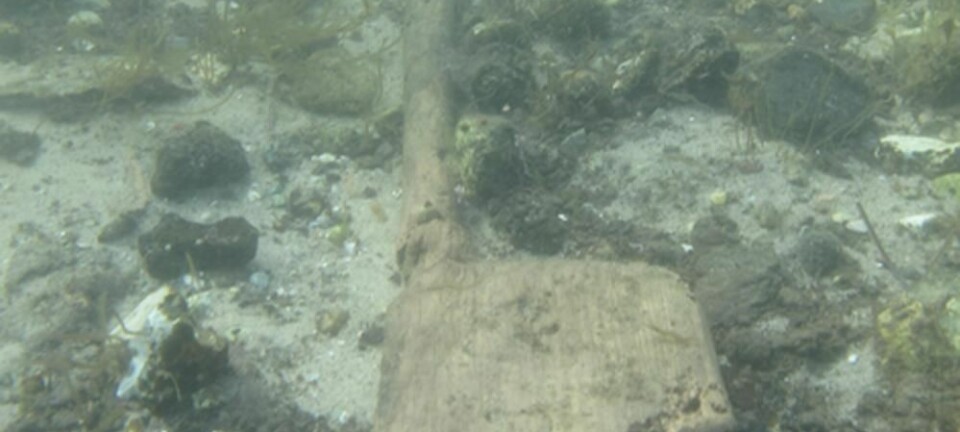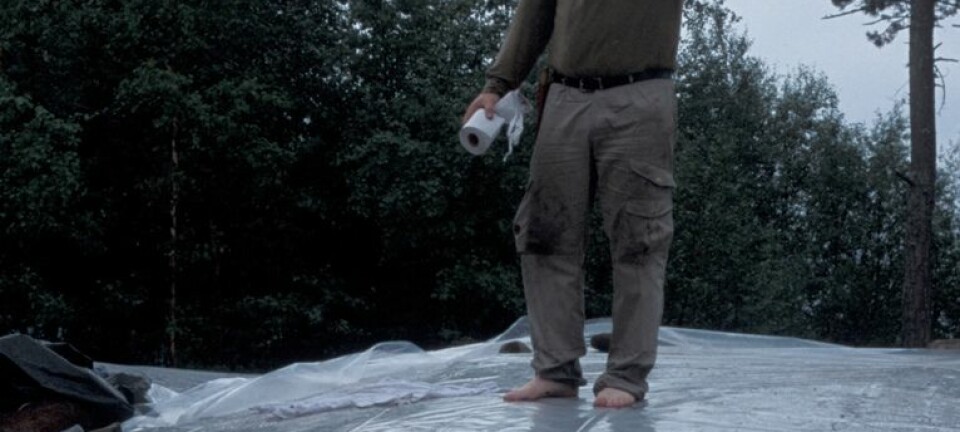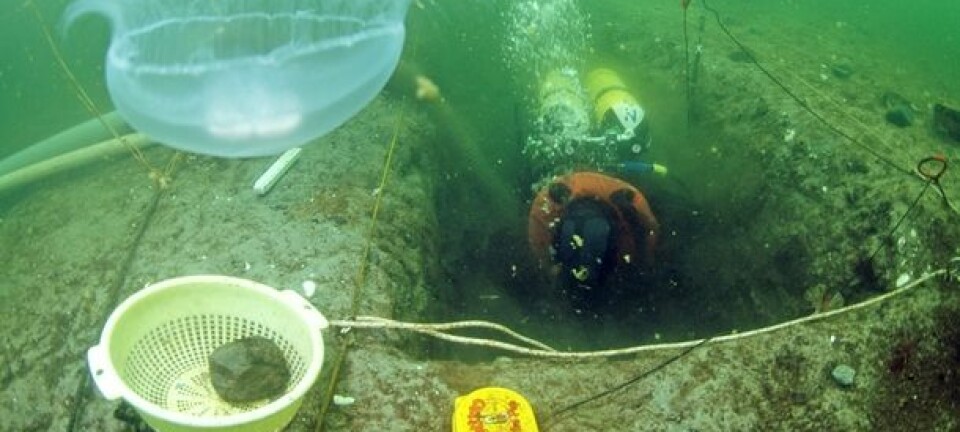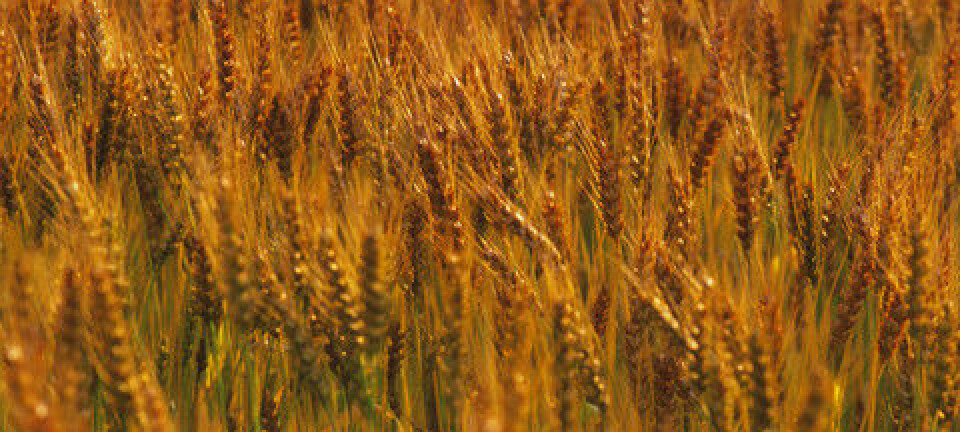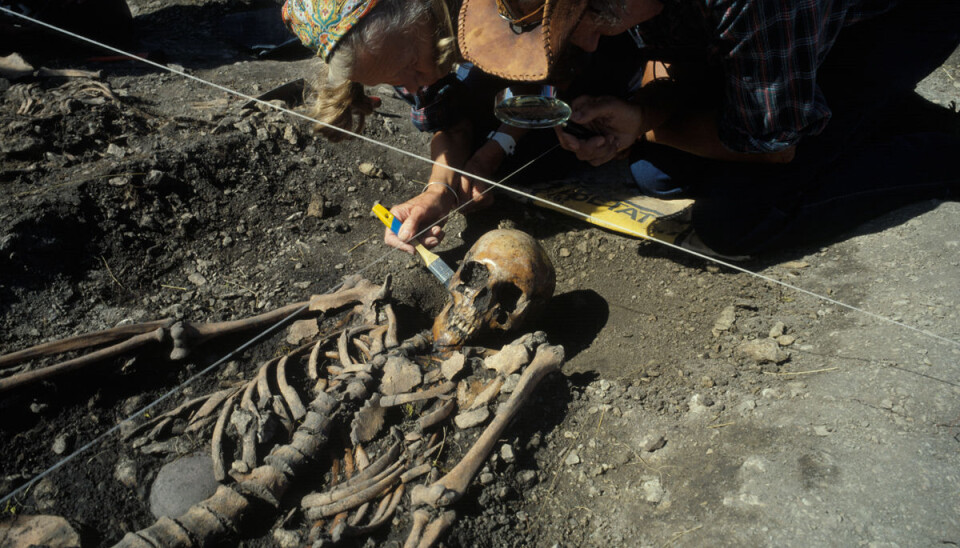
How agriculture came to Scandinavia
The great archaeological riddle of how agriculture spread to Northern Europe now seems to have been solved.
One of the most debated developments in human history is the transition from hunter gatherer to agricultural societies.
A team of Swedish and Danish scientists have now come a long way toward settling this debate.
After studying genetic material from four 5,000-year-old skeletons found in Sweden, they now say they can prove that agriculture was introduced to Scandinavia by immigrant farmers from Southern Europe, who mixed with local hunter-gatherers.
”We believe that farmers migrated from Southern Europe towards the North, and presumably over several generations they ended up in Scandinavia,” says Mattias Jakobsson, of Uppsala University in Sweden, who co-authored the study, which has just been published in Science.
We believe that farmers migrated from Southern Europe towards the North, and presumably over several generations they ended up in Scandinavia.
“Here they met some of Europe’s last remaining hunter-gatherers and after a thousand years they started to mix, and eventually they all ended up living together as farmers.”
One of the most important inventions in history
Agriculture is one of history’s most important inventions, which revolutionised our ancestors’ way of life and formed the basis of our civilisation and our culture with written language, nationality and much more.
The farming way of life originated in the Middle East some 11,000 years ago and had reached most of Continental Europe 5,000 years later.
In Europe, archaeologists have made a great deal of discoveries which document the arrival of agriculture in the South East and its spread to the North West.
Great disagreement about the process
Scandinavia was the endpoint for the spread of agriculture, and the farmers who arrived in the northernmost parts of Europe must have travelled through Central Europe.
There has, however, been a heated debate for decades about the details of how all this occurred. The debate has centred on whether:
- agriculture was an idea that spread to the existing European hunter-gatherers, or whether
- it was migrant farmers who brought the idea to the area from Southern Europe.
If the latter was the case, should it be attributed to a fusion in which farmers and hunter-gatherers had children together, or was there a displacement where hunter-gatherers were suppressed?
Millions of base pairs of DNA mapped
It now appears that Jakobsson and his colleagues have found the answer in the genetic material of people who lived in Sweden in the crucial period when agriculture came to Scandinavia.
If we had carried out the same study in Spain, it would have been more difficult to reach any conclusions about what happened in Central Europe.
They have carefully selected three Stone Age individuals, who through related archaeological finds have been established as hunter-gatherers, and one man who was a farmer.
Using the latest DNA technology, and with the aid of fossil DNA expert Professor Eske Willerslev of the Centre of GeoGenetics at the Natural History of Museum of Denmark, the team has managed to obtain and map 249 million base pairs of genomic DNA.
This is equivalent to 2-3 percent of the total human genetic material, but that’s more than enough to establish the affinity with living population groups.
‘Misspellings’ reveal affinity
The genetic material is a great history book that has been copied and passed down from our ancestors.
When a ‘misspelling’, or a mutation, occurs in the genetic material, all descendants will carry it. And since populations spread over time and isolate thmselves geographically, the researchers can establish the affinity relationships from these mutations and thereby form connections into the distant past and create theories about our origins.
The team found that the Stone Age farmers’ genetic profiles matched those of people currently living in Mediterranean countries such as Greece, Cyprus and Italy.
They also discovered a gradient through Europe: the farther north we go, the less similar living people are to the Stone Age farmers.
Settling the debate
This contrasts sharply to the hunter-gatherers, whose distinct genetic signature is most similar to that of today’s northern Europeans.
This, the researchers argue, clearly shows that agriculture was brought to Scandinavia by immigrant farmers from Southern Europe, who had children and mixed their culture with the local hunter-gatherers.
According to Jakobsson, there is a simple answer to why today’s Swedes are less similar to the Stone Age farmers than, say, Cypriots are: not many farmers made it that far north.
Mystery solved for all of Europe
And exactly because the researchers studied skeletons excavated in Sweden, they are confident that they have solved the mystery for the whole of Europe.
“Scandinavia was the endpoint for the spread of agriculture, and the farmers who arrived in the northernmost parts of Europe must have travelled through Central Europe,” says Jakobsson.
“If we had carried out the same study in Spain, it would have been more difficult to reach any conclusions about what happened in Central Europe.”
-------------------------------------
Read this article in Danish at videnskab.dk
Translated by: Dann Vinther
